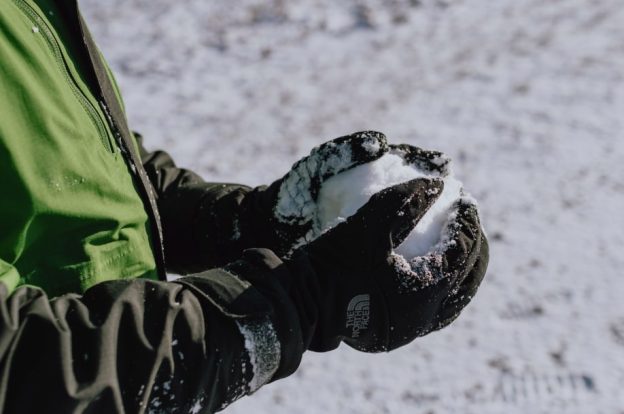Brits are known around the world for our love of complaining about the weather. However, winter is a time when we have some benefits. It is milder here than other parts of the world because of the geographic location and the Gulf Stream. In fact, winters have been getting warmer in the past two decades. So, if you work outside you likely won’t need to worry about extreme temperatures. You will probably still need waterproofs and warm layers though.
People who work in agriculture in particular need to ensure they dress properly in winter. The cold can make it far more dangerous to do various things, especially if it has an impact on your grip and footing. If you spend long hours outside, there is also a higher risk of illness and even hypothermia.
With that in mind, we want to take a look at what you should wear here. Your clothing is the most important defence against the weather.
Layering to trap heat
You should always be wearing layers. Start off with the one closest to the skin, ensuring it is light but won’t trap sweat. You should avoid cotton because it extracts heat from the body if it gets wet.
After the base layer you should have a light insulating layer. This could be a fleece or a wool sweater. You want it to help retain as much of your body heat as possible.
Next you can have a second heavier insulating layer if you need it. Again fleeces or wool sweaters are a good choice to retain heat.
Finally you should have your outer layer of waterproofs. They need to keep water out and ensure the cold can’t seep through to your skin.
Don’t overdo it
There is an important thing to keep in mind here though; never overdo it with your layering. Trapping too much body heat can make you start sweating. This is especially likely in agriculture when you are doing something physical. The sweat will cool your body down and can defeat the purpose of keeping you warm.
What you should do is adjust your layers to suit your level of activity. You may need to take off the heaviest layer(s) while you are doing the most physical tasks. Your exertion will help to generate heat to offset this. Then, when you are less active, add layers back on. Just remember to keep your waterproofs as your top layer.
Socks
The extremities are the first places you feel cold. So, you need to take extra care with your toes. Layering socks is a very good idea. You should use the same principle as with your other clothing, starting with a thin sock to keep your feet dry and then a thicker one to keep warmth in. Make sure your boots are in good condition too so your feet won’t get wet.
Accessories
Hats are essential when you work outside in winter, especially in agriculture. You need to stop heat from leaving via your head. Plus, you may need to protect your ears and nose from the cold.
Gloves are a must have too. Again it can be useful to wear two layers. What you may need is a thin glove first and then a thicker one or a mitt. You can then remove the top layer if you need to do any precise work but won’t need to expose your skin to the cold.
Come to us if you need waterproofs
JS Hubbuck Ltd is a company that has been serving the agricultural industry in England and Scotland for decades. As a result, we have seen our fair share of winters. We know how tricky it can be to keep working in cold conditions. Luckily, we can supply some high quality clothing for you to rely on.
You can browse some of the products we offer on our website, including waterproofs, wellingtons, and more. We also have many other lines in stock. So, you can contact us if you want to find out more.

